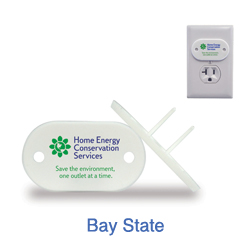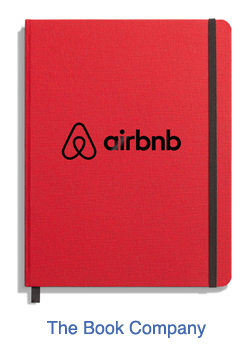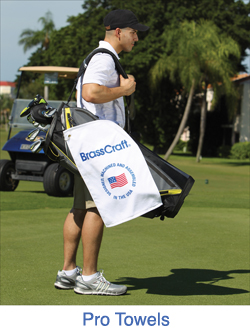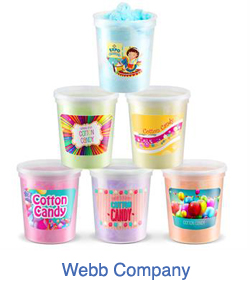Nothing against China, but take a look at the high volume of products with a “Made in China” sticker. Now, check out the products you’ll find at vintage stores/antique shops and see how many “Made in the USA” embossments and engraving are on products. Popular kitchenware brands, for example, were all manufactured in the US; most of the modern counterparts are now made in China.
The brand new presidential administration wants to bring back those good old days where many products are manufactured in the US. Promises and fulfillment, of course, always remain different with each president.
 Harris Cohen of All In One Line believes that in order to accomplish a reinvigoration of manufacturing in the U.S., President Trump “will use tax incentives to rebuild the industrial sector, lower the corporate tax rate, and use his tactical leverage to persuade manufacturing companies to not only keep jobs in the USA, but incentivize them to create new jobs here, too.
Harris Cohen of All In One Line believes that in order to accomplish a reinvigoration of manufacturing in the U.S., President Trump “will use tax incentives to rebuild the industrial sector, lower the corporate tax rate, and use his tactical leverage to persuade manufacturing companies to not only keep jobs in the USA, but incentivize them to create new jobs here, too.
Even Foxconn, one of the world’s largest manufacturers that assembles Apple’s iPhones in China, is reported to be considering building a massive manufacturing plant to assemble iPhones here in the U.S. with a goal of hiring 50,000 workers.
Amberlea Barnes of Drum-Line agrees, adding that the Trump administration is certainly bringing attention to U.S. manufacturing. The withdrawal of the U.S. from the Trans-Pacific Partnership trade deal strongly intimates that costs associated with imports would likely increase over the next four years. “The fear of rising prices and more restrictions may entice buyers to actively look for American made products,” she says. “That is positive news for Drum-Line, which offers nearly 500 styles of USA-made journals and calendars.”
 Michelle Stiles of Americanna reveals that “We’re very optimistic the new administration will help encourage buyers to purchase U.S.-made products. And Janine Cannici of Punch Products USA/VisionUSA agrees, exclaiming, “As the new administration takes office there is clear intent to push U.S.A.-made goods and support domestic manufacturing!”
Michelle Stiles of Americanna reveals that “We’re very optimistic the new administration will help encourage buyers to purchase U.S.-made products. And Janine Cannici of Punch Products USA/VisionUSA agrees, exclaiming, “As the new administration takes office there is clear intent to push U.S.A.-made goods and support domestic manufacturing!”
If the administration does fact to implement taxation on imported items, Gwen Brey of Beacon Promotions believes “we will start to see more U.S.-made products.” She adds that seeing these products available will take time because presently, the US isn’t geared up to immediately begin production of that magnitude. But the wheels will be set in motion for both new companies and expansions of existing ones.
.jpg) At the least, says Stan Dohan of the Allen Company, the Trump administration’s promise of bringing jobs (manufacturing) back to the U.S. will spark conversation about U.S.-made products. The Allen Company, he adds, has produced the most made-in-U.S. coffee mugs for the political party ticket that has won the Presidential election since1959.
At the least, says Stan Dohan of the Allen Company, the Trump administration’s promise of bringing jobs (manufacturing) back to the U.S. will spark conversation about U.S.-made products. The Allen Company, he adds, has produced the most made-in-U.S. coffee mugs for the political party ticket that has won the Presidential election since1959.
In 2014, according to The Manufacturing Institute (www.themanufacturinginstitute.org), there were approximately 255,000 U.S. manufacturing companies in operation, with employee size ranging from one-to- four to 500-plus. Further, the organization’s 2009 Public Perception Index “has found that the U.S. public greatly supports the manufacturing industry and would choose to have a manufacturing plant open in their region over other types of employers.”
 But, when it comes to perception, cost, or more precisely, the higher cost of U.S.-made goods than foreign-made counterparts seems to be somewhat entrenched. All suppliers who responded here affirm that price is the leading objection; but, points out Dohan, although domestically produced products currently are still more expensive than those made in China, “the gap is narrowing.”
But, when it comes to perception, cost, or more precisely, the higher cost of U.S.-made goods than foreign-made counterparts seems to be somewhat entrenched. All suppliers who responded here affirm that price is the leading objection; but, points out Dohan, although domestically produced products currently are still more expensive than those made in China, “the gap is narrowing.”
“Imported products are usually of lesser quality than U.S.-made products and therefore import products are usually much lower in price,” Brey maintains. Although the perception is that American-made products will cost more, it’s not the full picture because purchase decisions frequently consider the quality of the product, and its durability through its life cycle.
When it comes to purchasing objections, Barnes sees things a bit differently. “I don’t think buyers object to purchasing U.S.-made products; they just don’t necessarily search for U.S. made,” she observes. “They buy based on convenience. Promotional product distributors are in a unique position to push business to U.S. manufacturers, as companies of all sizes look to you for expertise in product safety and sourcing.”

The perception is based on simple mathematics, according to Cohen. “When U.S. labor costs are high and Chinese labor costs are low, the lower-cost producer gets the purchase order. People talk sincerely about buying American-made products, but when it’s their wallet that gets opened, invariably most purchases go to the lower-cost goods.”
Cannici adds the rise in overseas labor costs and freight costs have begun to even out the playing field, and “‘Made in USA’ is very competitive pricing with the bonus of USA-made quality and pride.”
 One of the most compelling reasons to buy American-made goods, asserts Cohen, is the advantage of a greatly reduced production time on large quantities – the selection of an item for an upcoming promotion may necessitate a USA-made product. American manufactured products don’t require overseas shipping that must pass through United States Customs, and do not incur extra expenses such as duties and import taxes.
One of the most compelling reasons to buy American-made goods, asserts Cohen, is the advantage of a greatly reduced production time on large quantities – the selection of an item for an upcoming promotion may necessitate a USA-made product. American manufactured products don’t require overseas shipping that must pass through United States Customs, and do not incur extra expenses such as duties and import taxes.
 He illustrates using an order of 150,000 pens as an example; if the pen was made in China, production time would be approximately 30 to 45 days; plus another seven to 14 days to be loaded onto the ship. Add another 30 days of travel to the U.S. port, where the containers are removed to be inspected by customs, adding another seven to 10 days. “It’s going to take approximately 70 days to get 150,000 Chinese-made pens just to the U.S. port,” he said. American-made pens will take approximately 30 days to make and ship to the end-user – a savings of 40 days.
He illustrates using an order of 150,000 pens as an example; if the pen was made in China, production time would be approximately 30 to 45 days; plus another seven to 14 days to be loaded onto the ship. Add another 30 days of travel to the U.S. port, where the containers are removed to be inspected by customs, adding another seven to 10 days. “It’s going to take approximately 70 days to get 150,000 Chinese-made pens just to the U.S. port,” he said. American-made pens will take approximately 30 days to make and ship to the end-user – a savings of 40 days.
“When time equals money, ‘Made in the USA’ wins,” Cohen asserted.